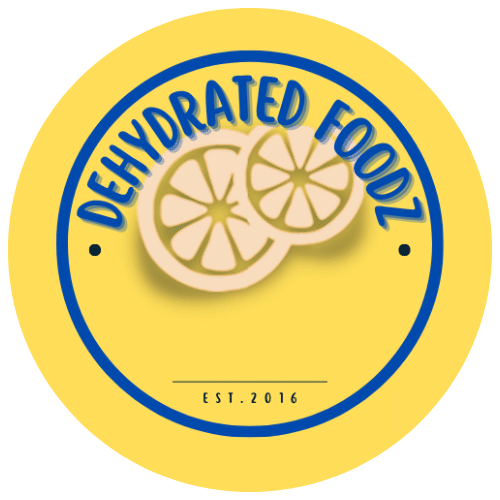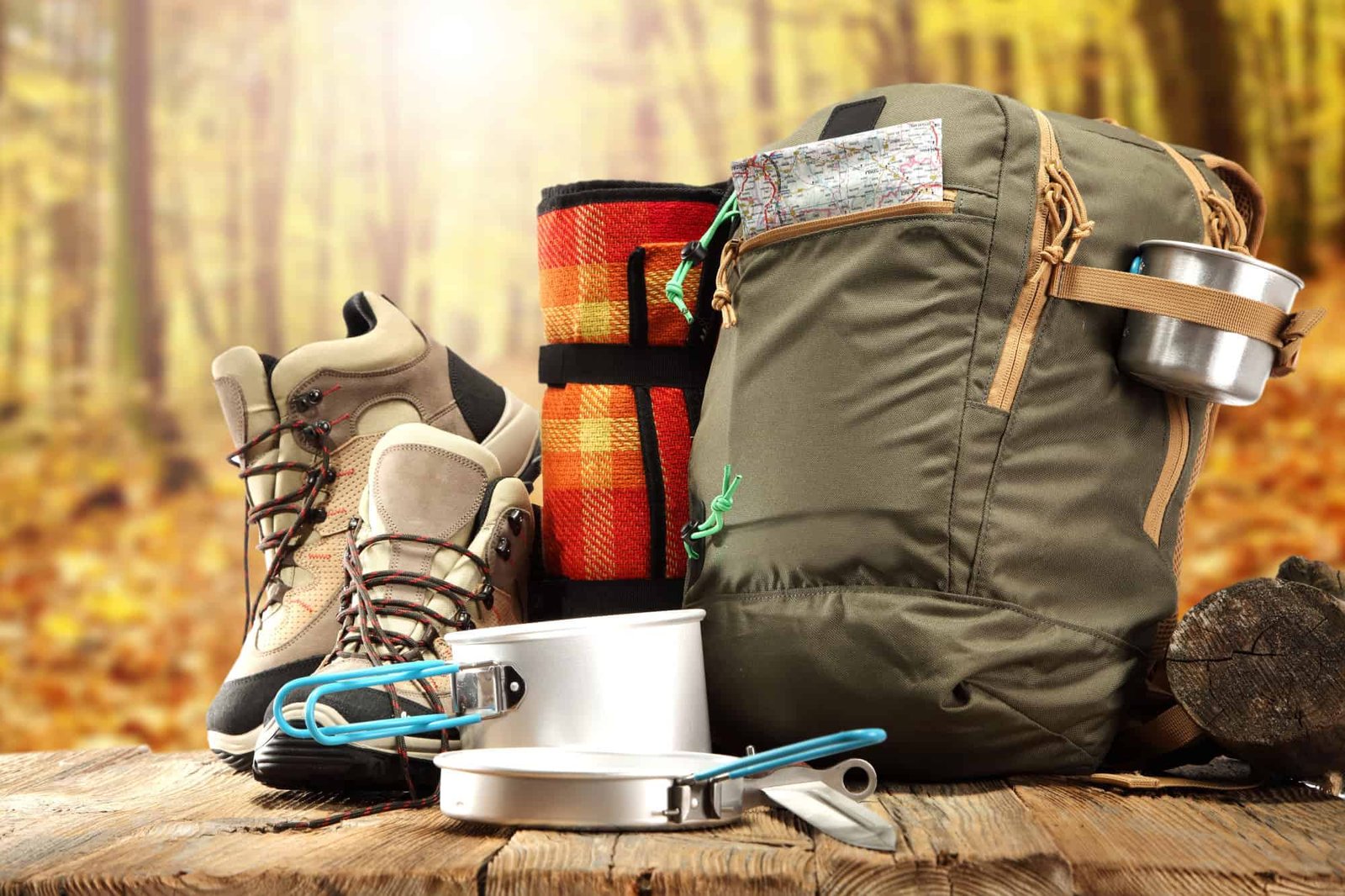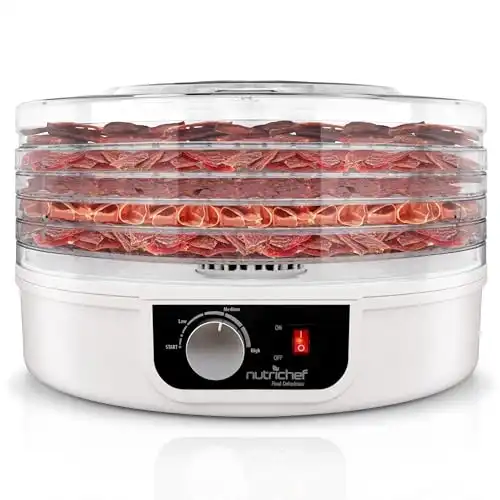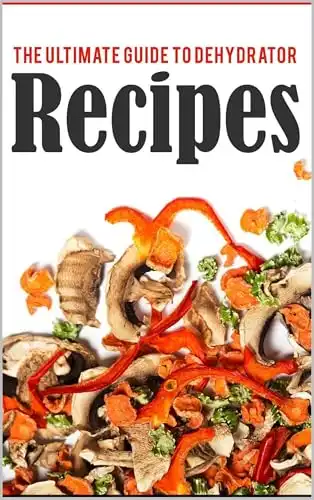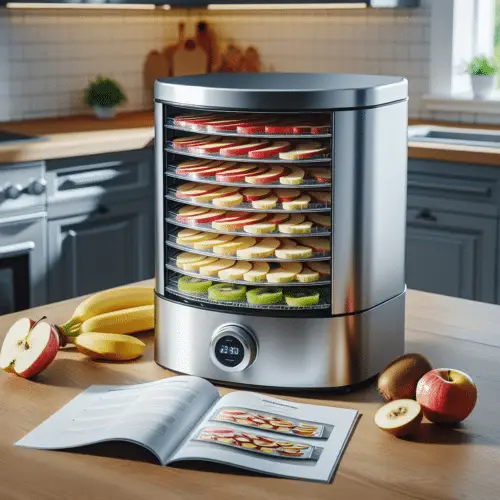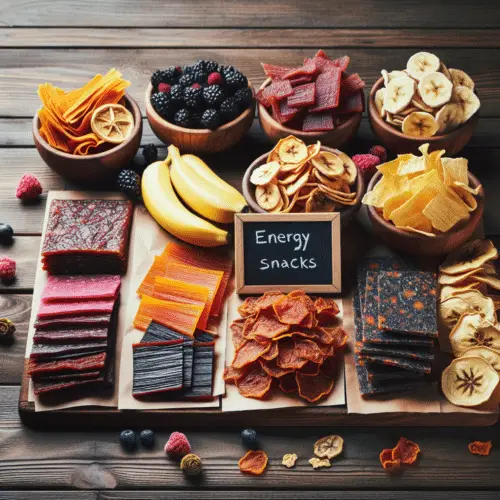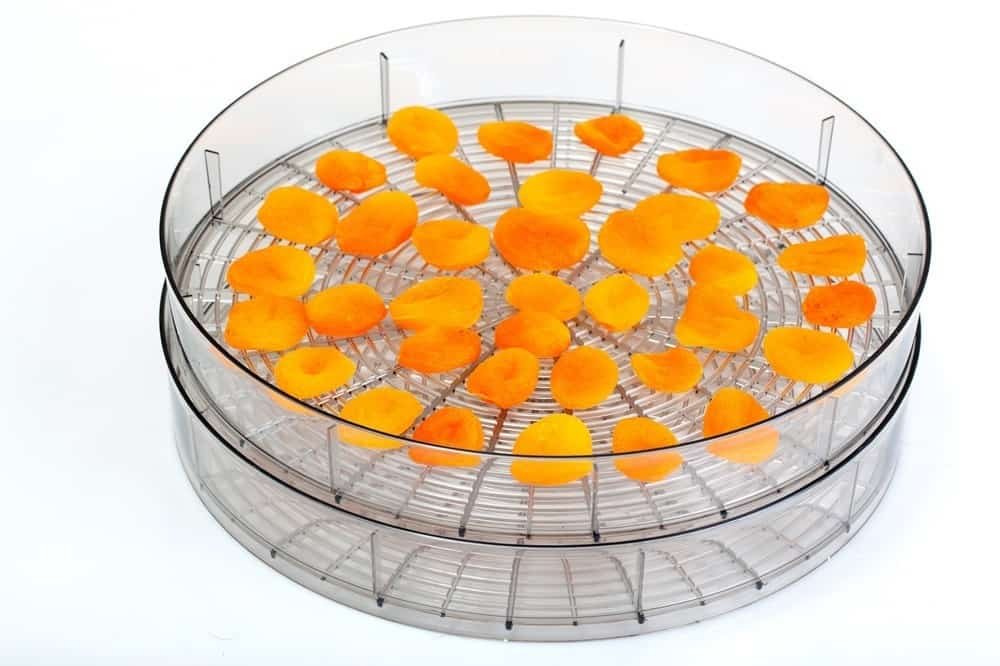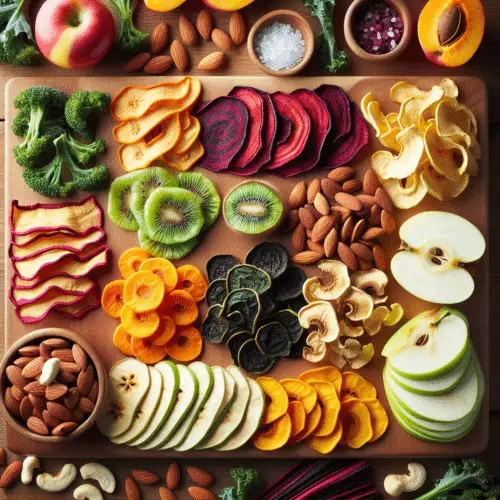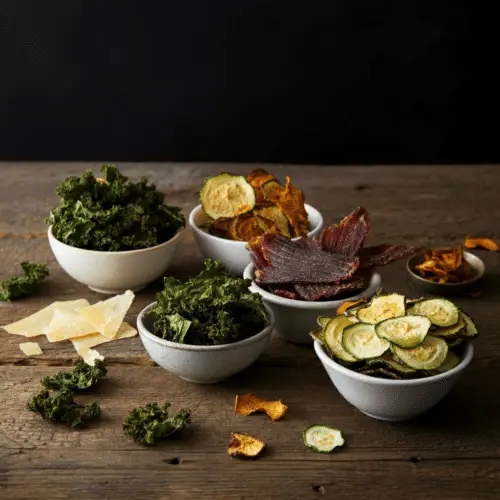When you’ve just made it to camp after a long and grueling hike, the first thing on your mind is undoubtedly rest, then food. Thanks to the advent of dehydrated or freeze-dried foods, your meal can be ready in under 5-minutes flat. Backpacking food, especially when it involves lightweight cooking gear, makes meal preparation for hiking trips much easier. Canned meats, such as shelf-stable chicken and pouched tuna, are also practical and valuable protein sources for camping.
With the high-tech dehydrating equipment we have today, you can dehydrate just about any type of food or meal. No longer do hikers and campers have to survive on canned beef and dry bread for days on end.
Looking for inspiration on the best dehydrated food for camping? This blog highlights a few good options to consider, as well as the food you can dehydrate yourself.
Introduction to Dehydrated Meals
Dehydrated meals have become a staple for backpackers and outdoor enthusiasts due to their convenience, lightweight nature, and long shelf life. These meals are created by removing the water content from food, either through freeze-drying or dehydrating, which helps preserve the nutrients and flavor. For those embarking on backpacking trips, dehydrated meals are an excellent option as they are easy to prepare, require minimal equipment, and can be stored for extended periods without spoiling. Whether you’re planning a weekend hike or a multi-day adventure, having a variety of dehydrated meals in your pack ensures you stay nourished and energized throughout your journey.
Types of Dehydrated Meals
When it comes to dehydrated meals, there are two primary types to consider: freeze-dried and dehydrated. Each type has its own unique process and benefits, making them suitable for different needs and preferences.
Freeze-Dried Meals
Freeze-dried meals are made by freezing the food and then removing the water content through a vacuum process. This method helps to preserve the nutrients and flavor of the food, resulting in a lightweight and compact meal. Freeze-dried meals are often more expensive than their dehydrated counterparts, but they offer a longer shelf life and better retention of nutrients. Brands like Mountain House and Backpacker’s Pantry are well-known for their high-quality freeze-dried meals, making them a popular choice among backpackers and campers. Whether you’re looking for a hearty stew or a sweet dessert, freeze-dried meals provide a convenient and tasty option for your outdoor adventures.
Dehydrated Food for Camping: The Top Brands to Try
Back in the day, campers and hikers were limited between a choice of good food or quick and easy food. After a long day on your feet, easy food is often the first choice, but today, you don’t have to forgo taste or nutrition, for that matter.
With so many options on the market today, you can choose from rich stews, cheesy pasta dishes, and even puddings. Here are some of the best freeze-dried food brands worth trying:
1. Good To-Go
This brand is well-known for its incredibly tasty meals. The only downside is that they don’t offer a huge selection of dishes to choose from. However, their dehydrated backpacking meals are convenient and lightweight, requiring minimal preparation—typically just adding water and letting them steep.
This being said, Good To-Go is founded by an experienced hiker and backpacker, who was also an Iron Chef contestant. Some of their most popular meals include chili, Thai curry, and penne marinara.
Good To-Go prides itself on simple and nutritious meals — if this is your thing, then this is a good brand to try.
2. Mountain House
While Mountain House may be a little pricier than other brands, they offer a great selection of meals and have thought about vegans and those with gluten sensitivities, too.
This brand is owned and operated by Oregon Freeze Dry and has a history of successful operation for more than five decades. As such, their reputation precedes them when it comes to nutritious, tasty, and popular freeze dried backpacking meals, which are practical for campers and hikers.
3. MaryJane’s Farm
If you’re looking for a more organically-friendly option, then MaryJane’s Farm is your go-to. This brand stands out from the rest due to its naturally-derived, delicious meals that are packed with nutrients – synthetics not included!
These dishes are the closest that you’ll get to homecooked within the dehydrated and freeze-dried food industry. All ingredients are organically grown, too, rather than being laboratory-produced.
You can also choose from single-serving or bulk options to stock up before a long trek.
4. Alpine Aire
This brand is on the more high-end side of dehydrated/freeze-dried foods. You’ll be able to tell just by their packaging.
While some people think their meals can be a little bland, they are all about natural, wholesome ingredients and being transparent about what’s in each dish.
If calories and satiety are important to you (and they should be when camping/hiking), you can determine the nutritional value of each dish from their website.
This way, you know exactly what you’ll be consuming and know exactly what to pack based on your energy needs.
5. Backpacker’s Pantry
One of the best things about purchasing Backpacker’s Pantry products is that part of the proceeds go to Defenders of Wildlife and Polar Bear Adoption.
While some hikers highlight the heavy sodium content of their meals, Backpacker’s Pantry is ideal for long-haul hiking. These meals are specifically designed to be lightweight so they don’t weigh down your pack.
The portability of their meals is important to them, so you can expect a maximum amount of calories and flavor in small packages.
An added bonus is that you only need boiling water to rehydrate each meal and the pouches double as an easy-to-use bowl.
Key Considerations for Backpacking Meals
Selecting the right dehydrated meals for your backpacking trip involves several key considerations to ensure you stay fueled and satisfied on the trail:
-
Calorie Density: Backpackers require a high caloric intake to maintain energy levels during physically demanding activities. Look for meals with a high calorie-to-weight ratio to maximize your energy without adding extra bulk to your pack.
-
Protein Content: Protein is essential for muscle repair and recovery, especially after a long day of hiking. Choose meals with a balanced protein content to support your body’s needs.
-
Ease of Preparation: Dehydrated meals should be easy to prepare, requiring only boiling water. This simplicity allows you to enjoy a hot meal quickly without the need for extensive cooking equipment.
-
Shelf Life: Consider the shelf life of the meal, particularly if you plan to store them for extended periods. Meals with a longer shelf life ensure you have reliable food options for future trips.
-
Sustainability: Opt for meals with eco-friendly packaging and sustainable ingredients to minimize your environmental impact. Brands that prioritize sustainability help protect the natural landscapes you love to explore.
By keeping these factors in mind, you can select dehydrated meals that meet your nutritional needs and enhance your backpacking experience.
Where to Buy Dehydrated Food for Camping
Outdoor Retailers
Outdoor retailers are a reliable source for purchasing dehydrated food for camping. Stores like REI, Cabela’s, and Bass Pro Shops specialize in outdoor gear and supplies, including a range of dehydrated meal options. These retailers often carry reputable brands known for quality and taste, such as Mountain House, Backpacker’s Pantry, and AlpineAire.
Online Marketplaces for Freeze Dried Meals
Online marketplaces like Amazon offer a vast selection of dehydrated foods. Shopping online provides the convenience of home delivery and the ability to read reviews from other campers. Additionally, you can often find bulk purchase options and subscription services that can save money in the long run.
Specialty Food Stores
Specialty food stores and health food shops frequently carry dehydrated and freeze-dried foods. Stores like Whole Foods and Trader Joe’s have sections dedicated to camping and hiking foods, including organic and gluten-free options, as well as instant rice for quick and convenient meal options for backpackers.
Direct from Manufacturers
Many manufacturers sell their products directly to consumers through their websites. Brands like Harmony House and Augason Farms offer a wide range of dehydrated foods and often provide detailed information about their products, including nutritional content and preparation instructions.
Local Farmers’ Markets
In some regions, a local grocery store or farmers’ markets may offer dehydrated fruits and vegetables. These products are often locally sourced and organically grown, providing a fresh and sustainable option for your camping meals.
Military Surplus Stores
Military surplus stores sometimes carry MREs (Meals Ready-to-Eat) and other dehydrated food options. While these meals are designed for military use, they are also well-suited for camping due to their durability and ease of preparation.
Foods You Can Dehydrate Yourself
If you’d prefer to create your own meals so you know exactly what you’re putting in your body, then it’s best to dehydrate your own food.
With the right home dehydrator, you can dehydrate almost anything, except for dairy products and foods with very high-fat content.
Just bear in mind that most vegetables and meats must be pre-cooked before you can dehydrate them. Fruit, on the other hand, can simply be sliced and dehydrated right away.
Once you have dehydrated your food items, package each element into its own bag, then assemble them as full meals, as needed.
Alternatively, you can dehydrate entire meals, as is, and then prepare them with hot water. Simple meals to dehydrate include risotto, soups, and some pasta dishes.
In order to save yourself time, try to dehydrate each food item for each meal at the same time. This way, you know what goes together. This is only possible if each food item requires the same drying temperature, though.
Some of the best foods to dehydrate for camping and hiking adventures include:
-
Fruits such as apples, bananas, and mango
-
Most type of vegetables
-
Deli meats like roast beef, turkey, and lean ham
-
Ground beef
-
Canned or cooked chicken
-
Canned tuna
-
Cooked shrimp
You can also dehydrate sauces and as well as grains, pasta, and legumes. Try dehydrating rice, pasta, beans, or quinoa in advance, and then combine them with your dehydrated meat and vegetables for a full, nutritious meal.
Tips for Rehydrating Your Dried Food with Boiling Water
Once you’ve prepared your dehydrated food items, you’ll need to know how to prepare them so that they’re not only edible but tasty, too.
Keep in mind that dehydrated meals require equal parts of water to food. They’ll also need 15-20 minutes to completely rehydrate.
It’s a good idea to invest in an insulating pot sleeve that holds in the heat as your food reconstitutes.
You want to place your dehydrated food items into the pot and let them soak for 5-minutes, before bringing it to a boil. Turn down the heat, and let it simmer for another 10-15 minutes until your food is tender and the water has been absorbed.
Don’t forget to pack a small container of salt and pepper to add additional flavor to your meal!
Why Choose Dehydrated Food for Camping?
Convenience and Portability
Dehydrated foods are lightweight and compact, making them an excellent choice for camping. The dehydration process removes the majority of the water content, resulting in a significant reduction in weight and size. This makes packing easier and more efficient, allowing you to carry more food without adding extra bulk.
Long Shelf Life
Dehydrated foods have a long shelf life, often lasting several months to years without refrigeration. This makes them ideal for extended camping trips or for those who prefer to stock up on supplies in advance.
Nutritional Value
Despite the dehydration process, these foods retain most of their nutritional value. They provide essential vitamins, minerals, and calories needed to maintain energy levels during physically demanding activities.
Versatility
Dehydrated foods come in a wide variety of options, from fruits and vegetables to full meals like soups, stews, and pasta dishes. Mountain House meals are particularly reliable and practical for emergency preparedness. This versatility ensures that you won’t get bored with your meal choices, no matter how long your trip lasts.
Sustainability and Emergency Preparedness
Dehydrated meals are not only convenient for backpacking but also play a crucial role in emergency preparedness. In the event of a natural disaster or power outage, dehydrated meals can provide a reliable source of nutrition. When selecting dehydrated meals for emergency preparedness, consider the following:
-
Long Shelf Life: Choose meals with a long shelf life to ensure they remain edible during extended storage. This is particularly important for emergency situations where fresh food may not be readily available.
-
High Calorie Density: Emergency situations often require a high caloric intake to maintain energy levels. Opt for meals that offer a substantial amount of calories in a compact package.
-
Ease of Preparation: Dehydrated meals should be easy to prepare, even in the absence of modern cooking facilities. Meals that only require boiling water are ideal for emergency scenarios.
-
Sustainable Packaging: Opt for meals with eco-friendly packaging to minimize waste and environmental impact. Sustainable packaging ensures that your emergency preparedness efforts are also environmentally conscious.
By considering these factors, you can select dehydrated meals that meet your backpacking and emergency preparedness needs while minimizing your environmental footprint. Whether you’re on a backpacking trip or preparing for unforeseen emergencies, having a stock of dehydrated meals ensures you stay nourished and ready for any situation.
Invest in Your Own Food Dehydrator Today
If you’re looking to make your own dehydrated food for camping, or perhaps preserve some of your own food at home, it’s time to invest in the right equipment.
Check out the rest of this site for top reviews on the best dehydrators on the market today — all of which you can find on Amazon!
Hey there, since 2016, my mission has been to provide you with the information and guides you need to make food dehydrating simple and fun. Whether you're a newbie or a seasoned pro, my site offers helpful guides, reviews, and recipes to enhance your dehydrating experience. I take pride in only recommending products I believe in, ensuring my readers' trust. As an affiliate of various programs, including Amazon Associates, your support helps me continue providing quality content. Thanks for stopping by, and happy dehydrating!
